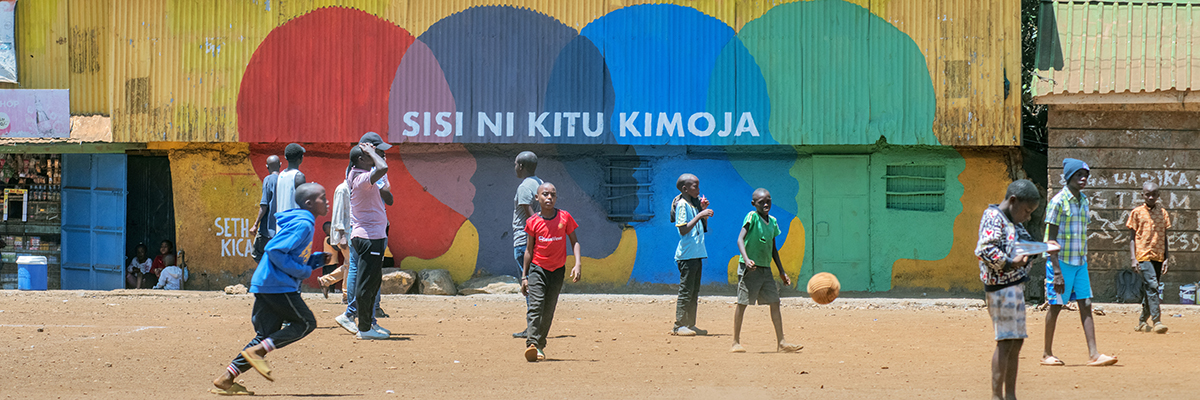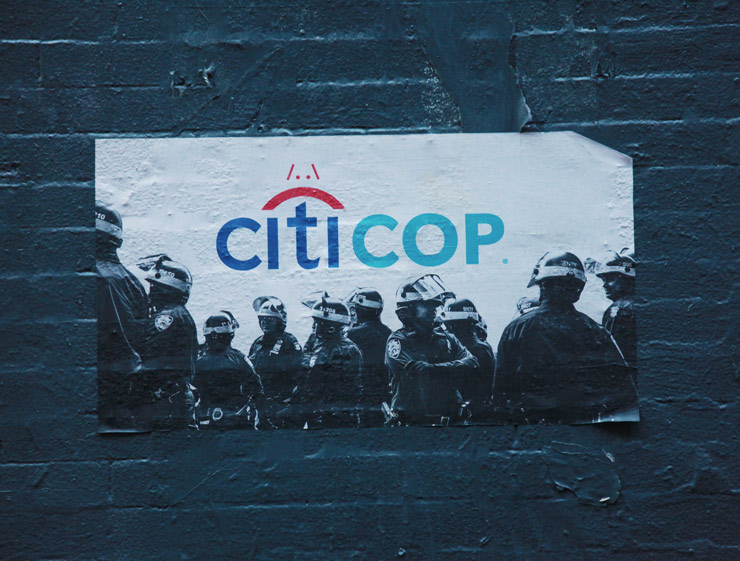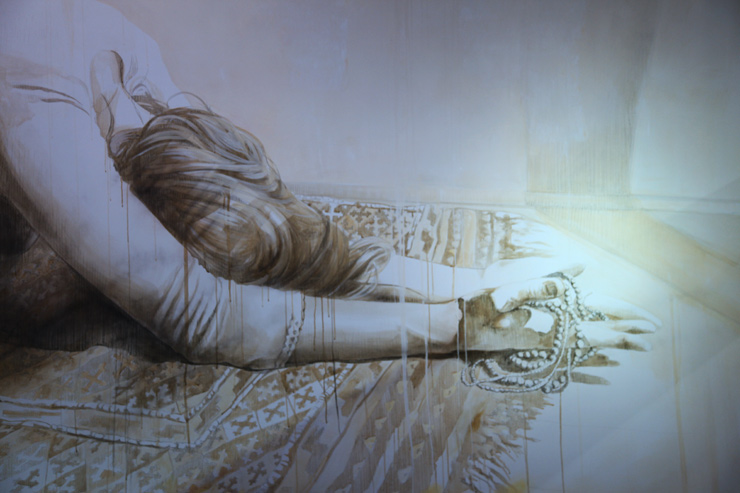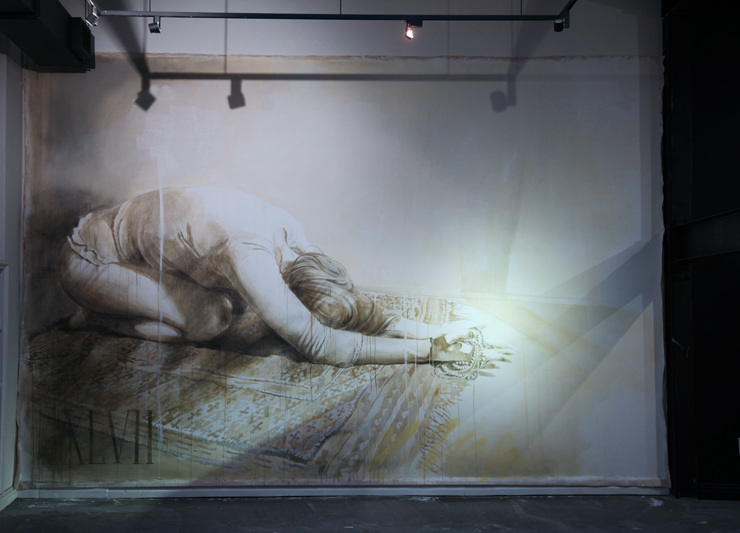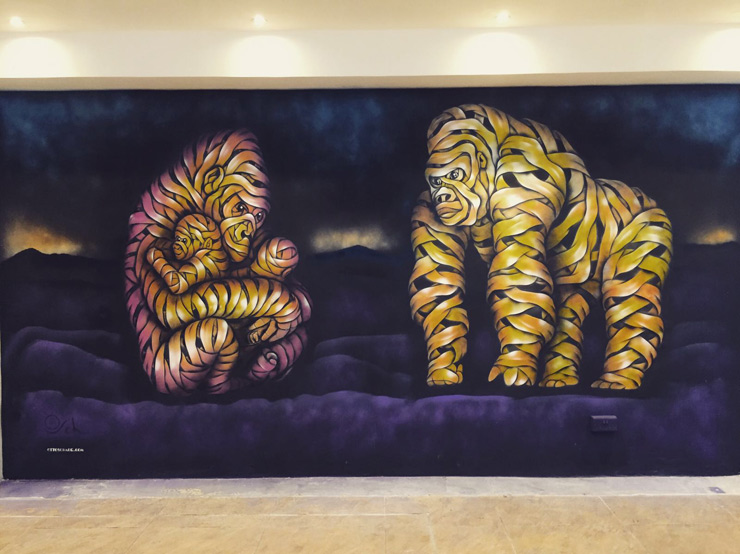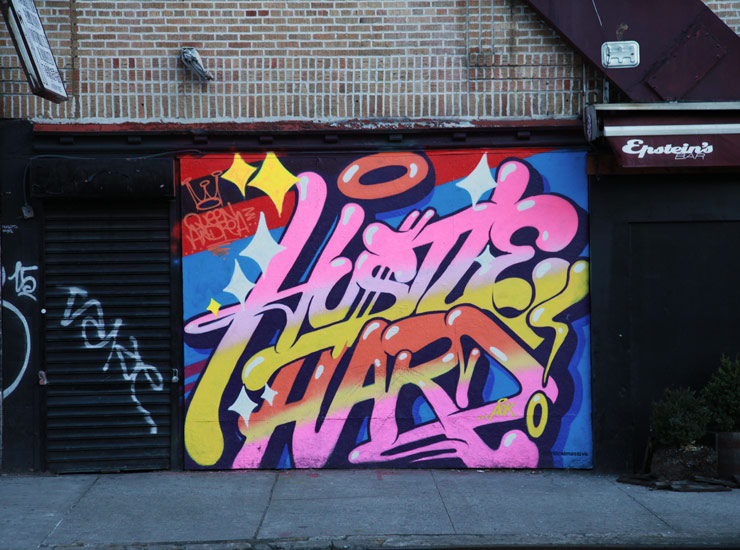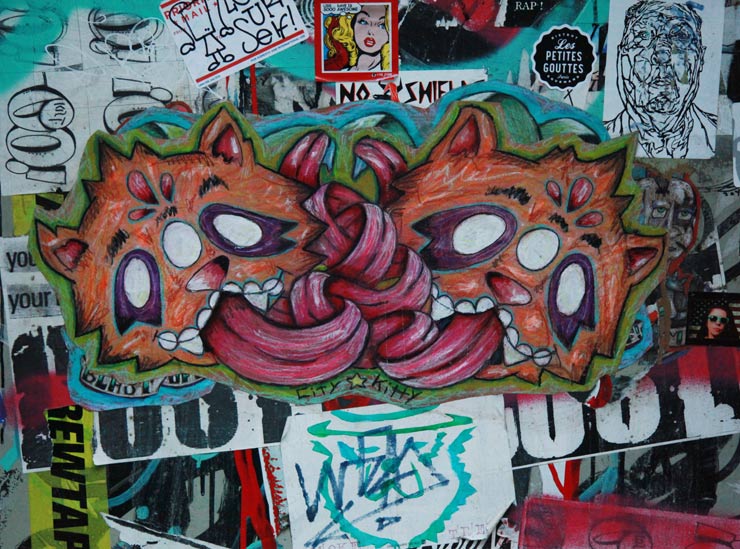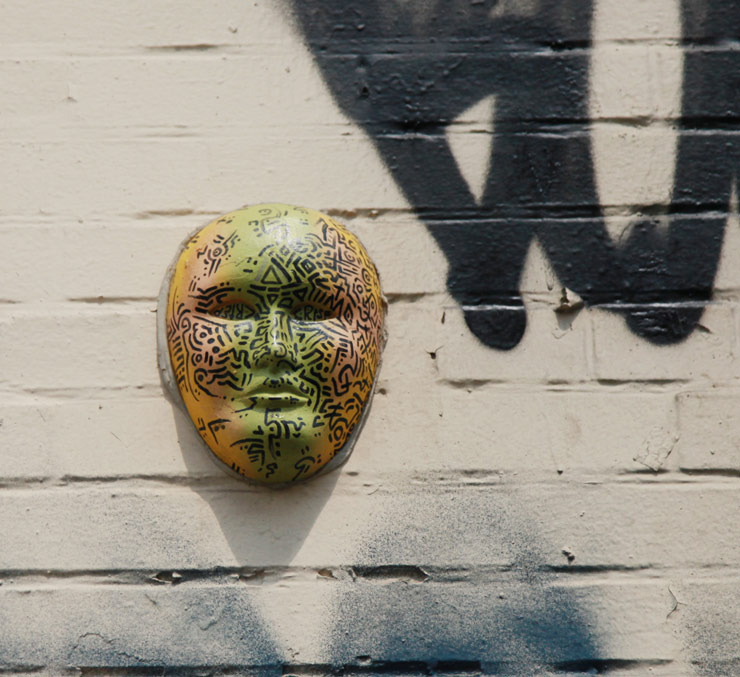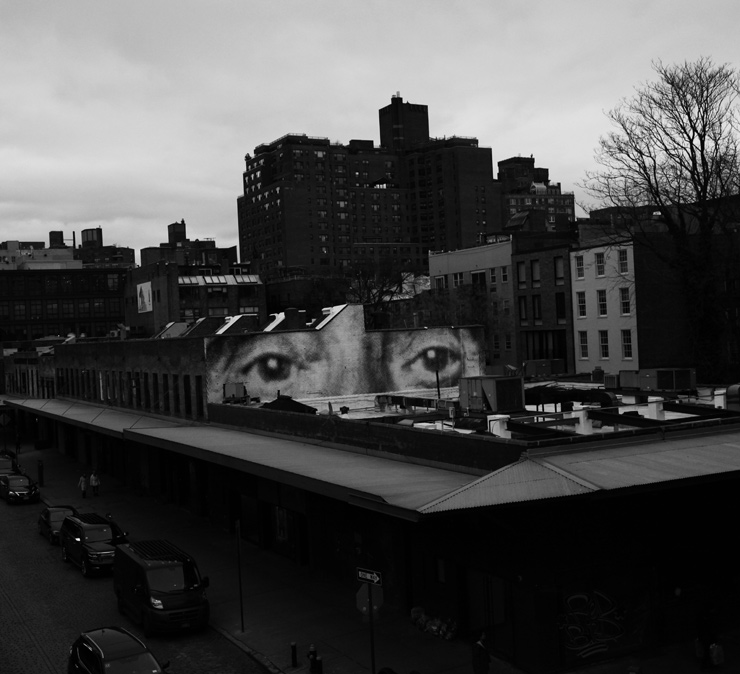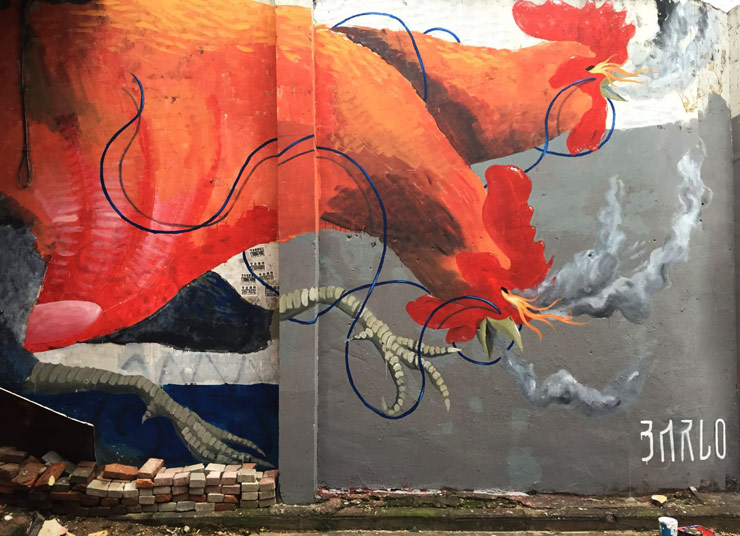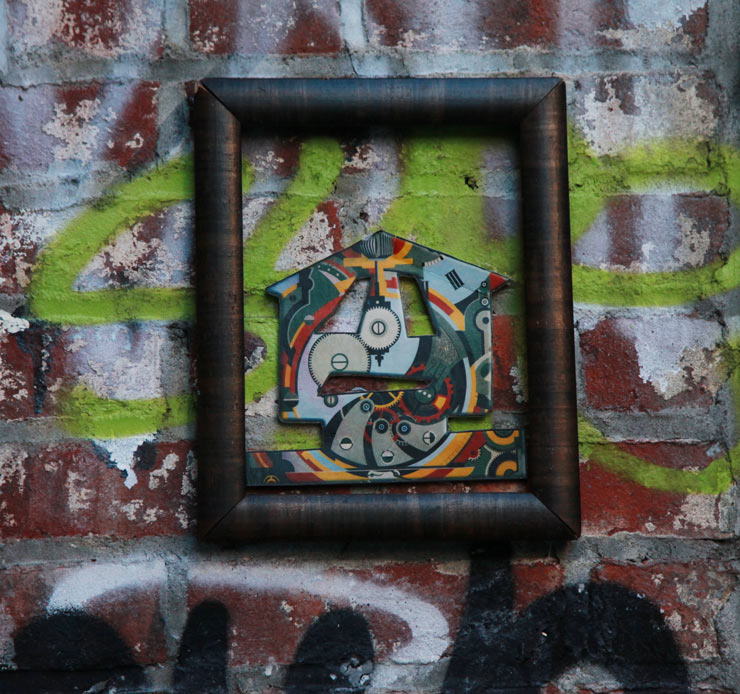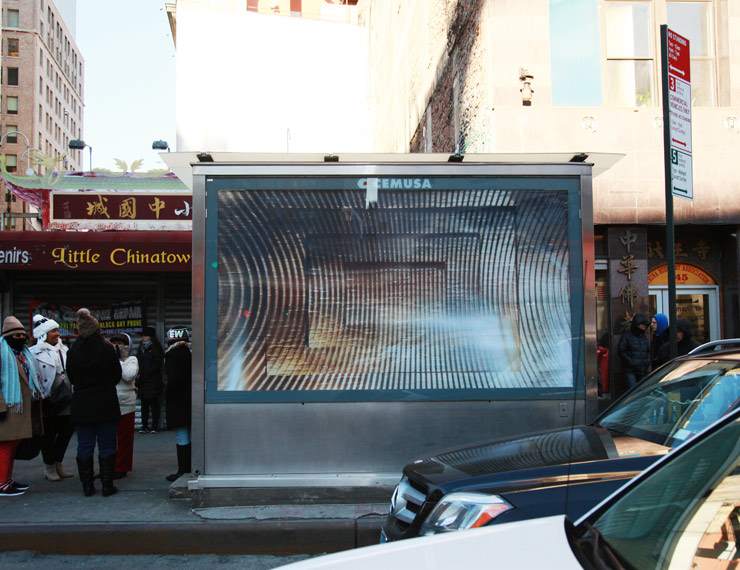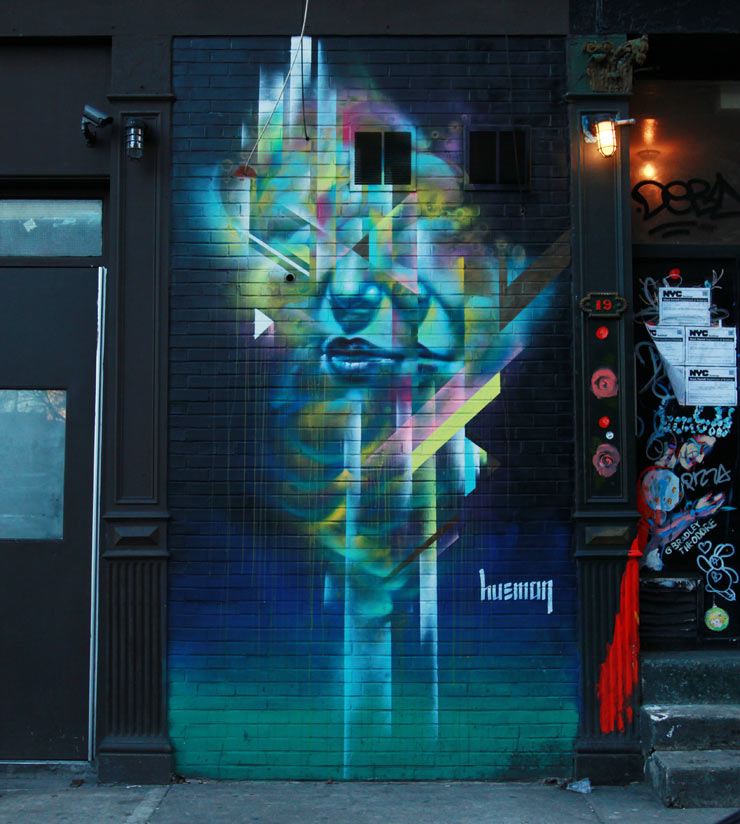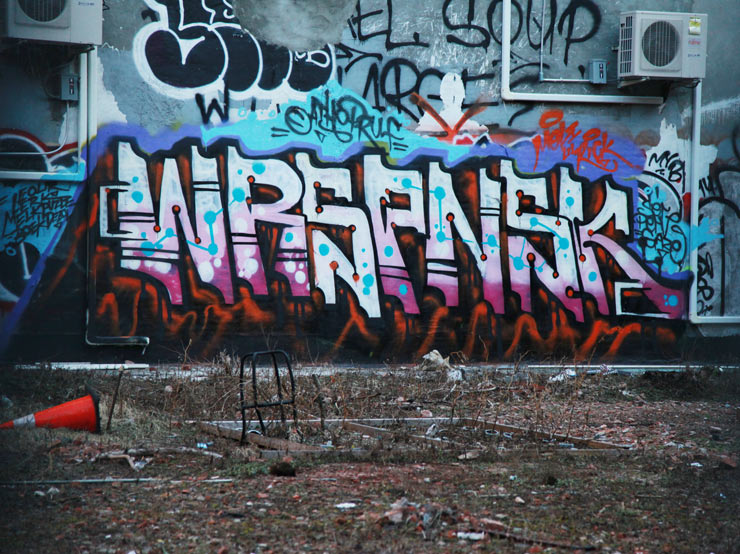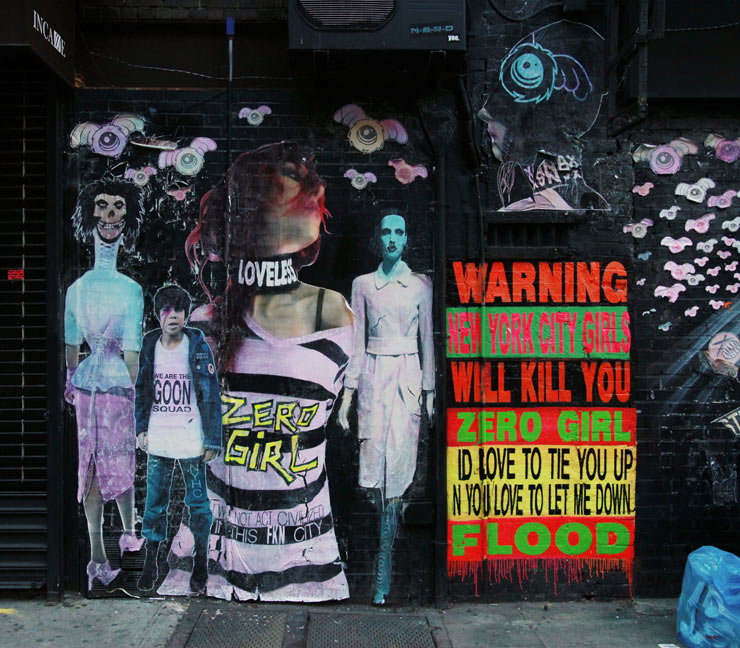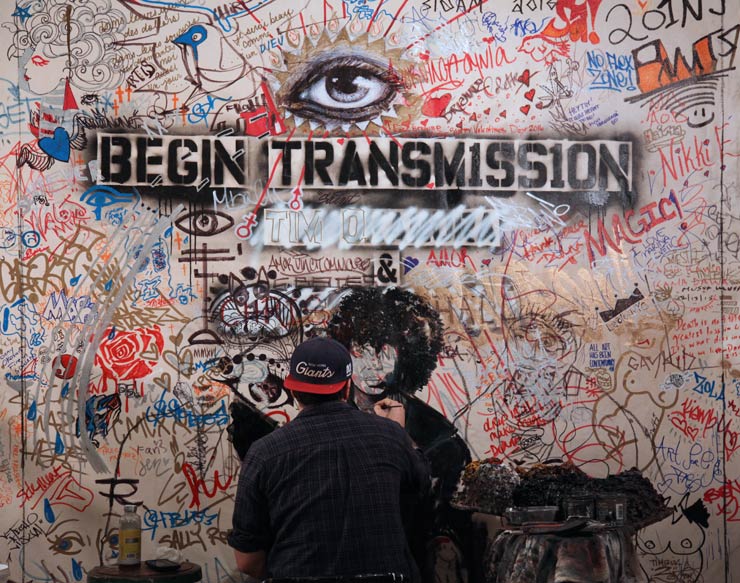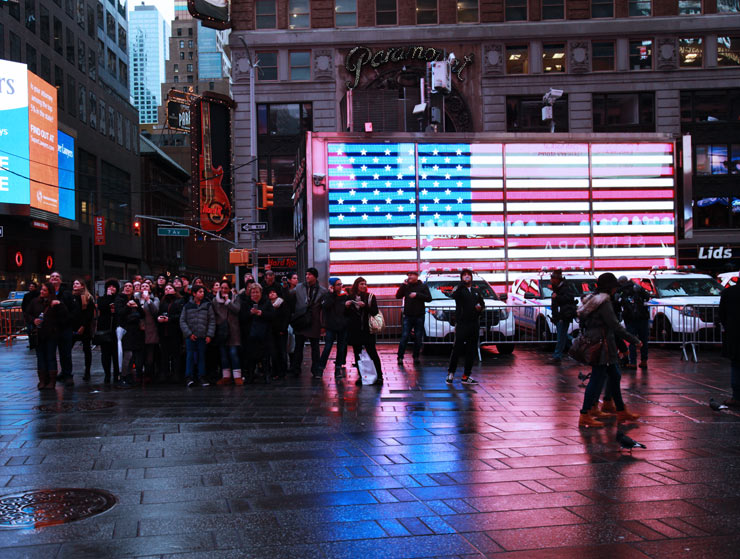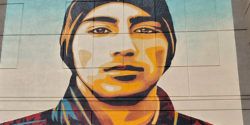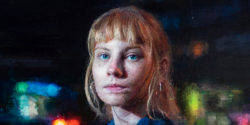Nestled within the bustling city of Nairobi, Kenya, Kibera is a testament to its inhabitants’ challenges and its collective indomitable spirit. Known as one of the largest urban slums in Africa, Kibera is a vibrant community where resilience and creativity sometimes flourish against a backdrop of economic hardship. This neighborhood, originally established as a settlement for Nubian soldiers in the early 20th century, has grown significantly due to continuous migration and the pursuit of economic opportunities near Nairobi’s urban core.
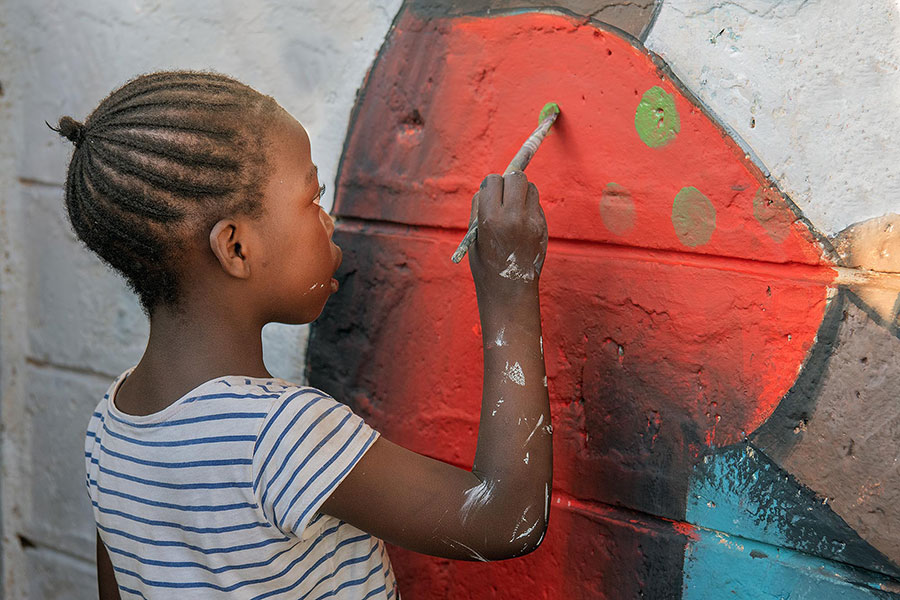
The Kibera Creative Arts (KiCA) organization emerges as a beacon of hope and transformation in a compelling blend of art and altruism. KiCA empowers the community through various artistic expressions, including dance, music, visual arts, and comedy. Their mission is bold and clear: to rewrite Kibera’s narrative from one of mere survival to one of thriving talent and greater opportunities.
Recently, Kibera had the privilege of hosting two renowned figures in the world of street art—French painter Julien “Seth” Malland, known as Seth, and American photographer Martha Cooper. Their week-long visit was not only a journey through the creative landscapes of Kibera but also an effort to collaborate with and uplift the local artistic talents.
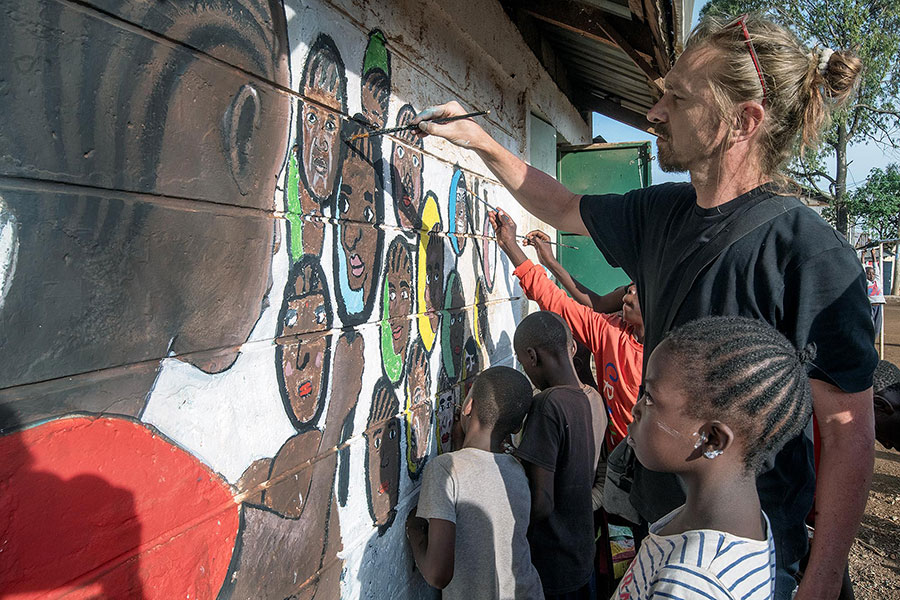
Martha Cooper captured the essence of this vibrant community with her lens, focusing on the joyful expressions of children engaged in art, music, and dance, thanks to KiCA’s programs. Her photographs depict the daily life and creative spirit of Kibera’s youth, who find joy in the simplicity of homemade toys and the rhythm of street games.
Seth created a series of murals that meld naturally with the fabric of Kibera. His works include a striking depiction on a small wall resembling a sardine can’s rolled top, and a large mural adjacent to a soccer field featuring silhouetted heads with a Swahili slogan translating to “We Are One.” Seth’s art decorates and encourages dialogue with the community, bringing messages of unity and reflection.
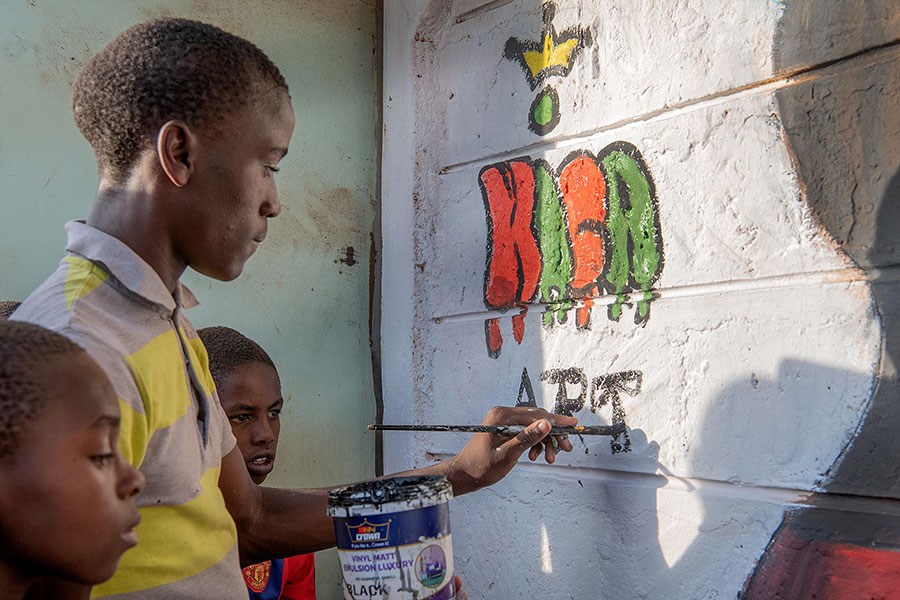
The collaborative efforts culminated in vibrant new murals that incorporate local cultural elements and in some cases, the active participation of Kibera’s youth. “After 7 days of painting, we are proud to present to you the end result, a new look of Kibera street arts filled with beauty and diversity,” remarked KiCA organizers on Facebook. These projects are a testament to the power of art in bridging communities and fostering a sense of shared identity and hope.
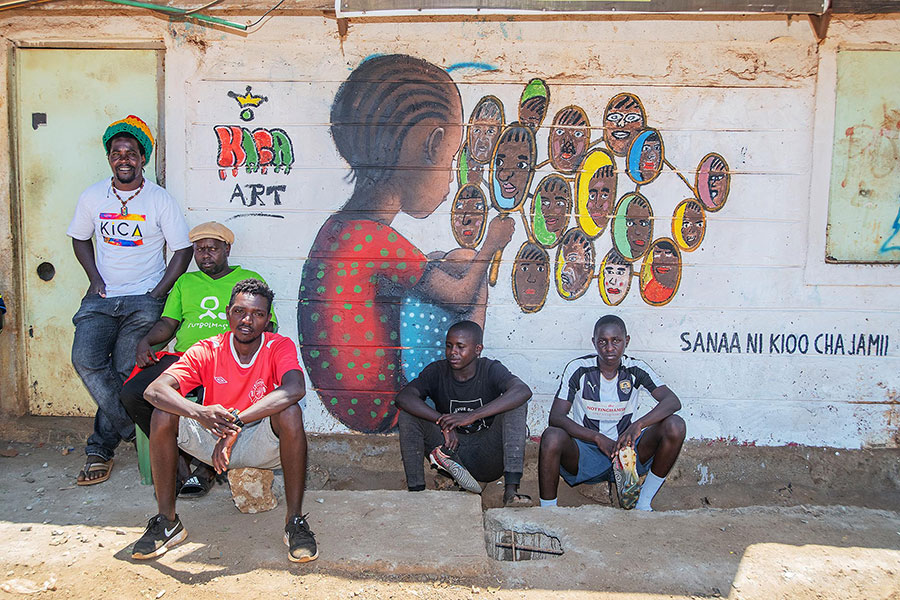
Both artists reflected on their experiences. Seth shared on his Instagram, “I painted this can opener on the facade of the community center of @kicakibera, which welcomed me to the largest slum in East Africa, Kibera in Nairobi.” Meanwhile, Martha noted, “Here were some of the poorest conditions I have ever seen. We were working with KICA – a cultural organization inside Kibera that teaches art, dance, music, photography, and filmmaking, among other things.”
Throughout the year and with the contributions of visitors, lecturers, performers, and people like Seth and Martha, Kibera may be seen not as a place of despair but as one of immense potential and artistic wealth. The community’s often enthusiastic engagement in these projects highlights a collective aspiration to not only dream but to manifest dreams into reality, painting a new story of Kibera—one stroke at a time.
KICA – Kibera Creative Arts: https://kiberacreativearts.org/
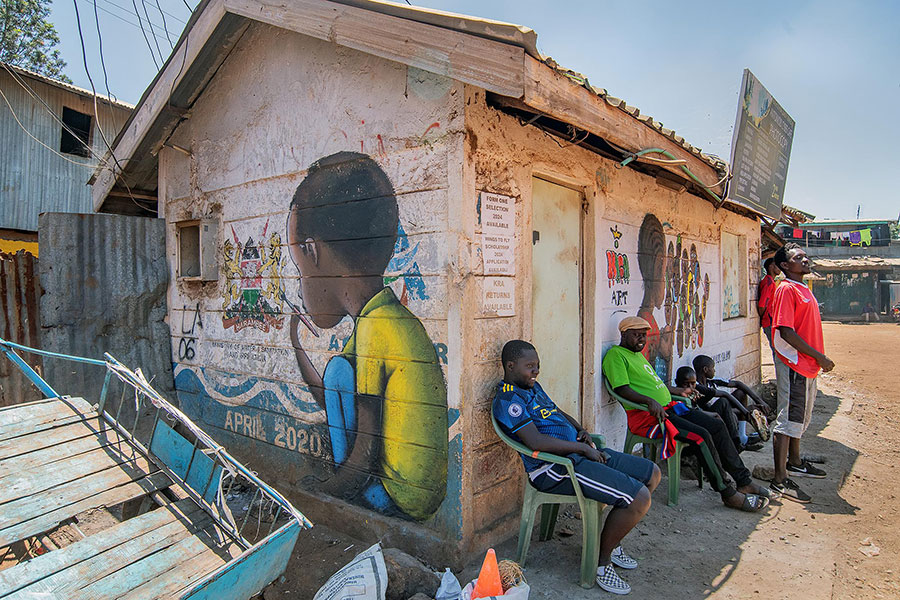
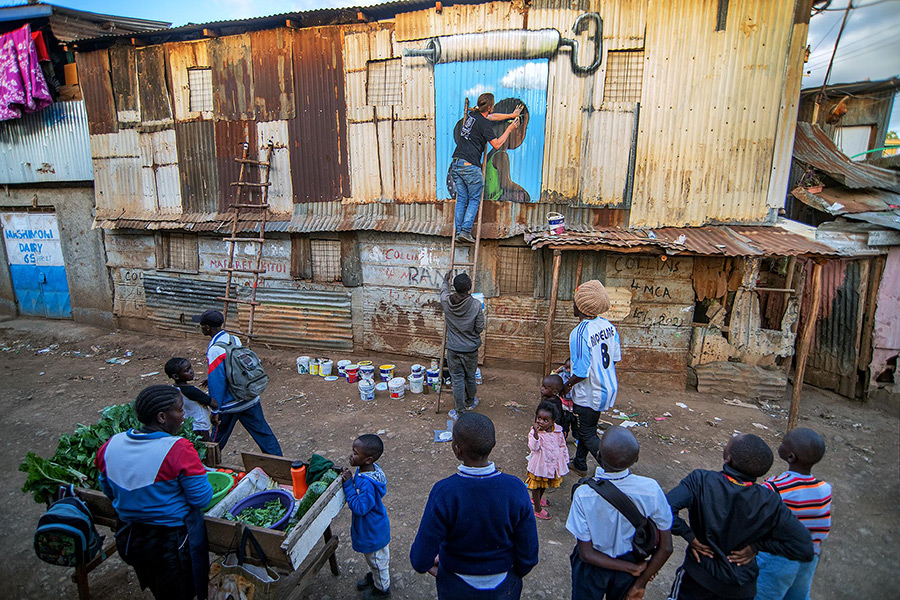
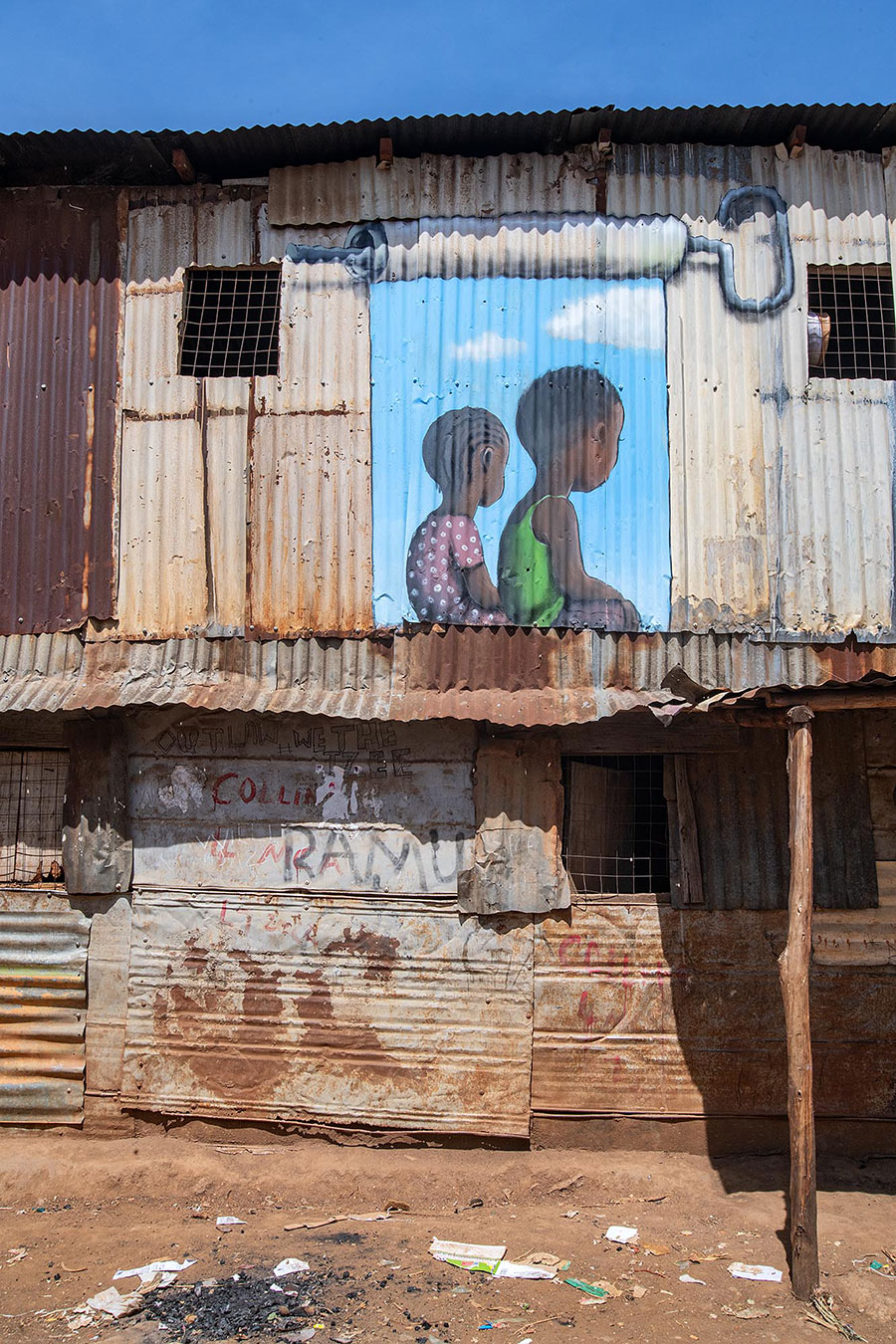
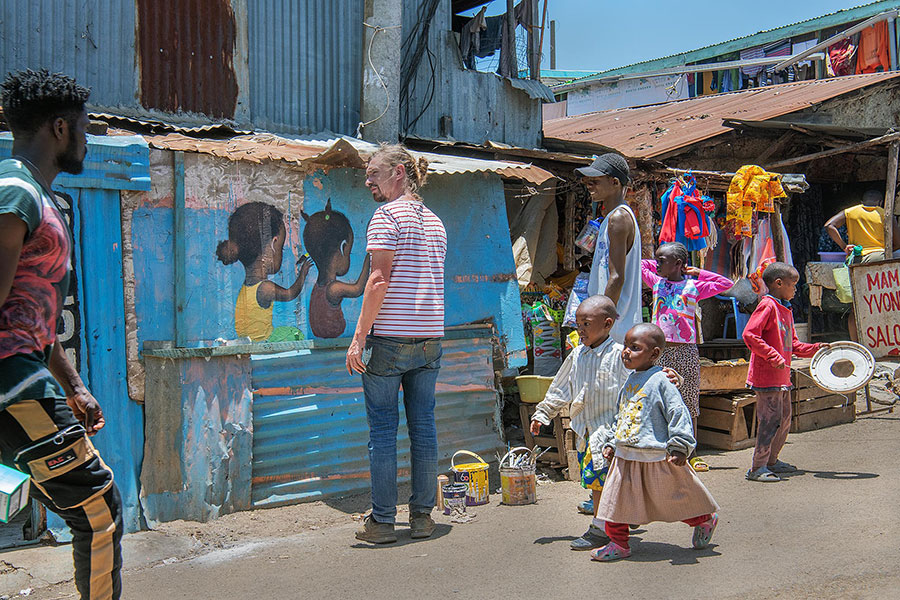
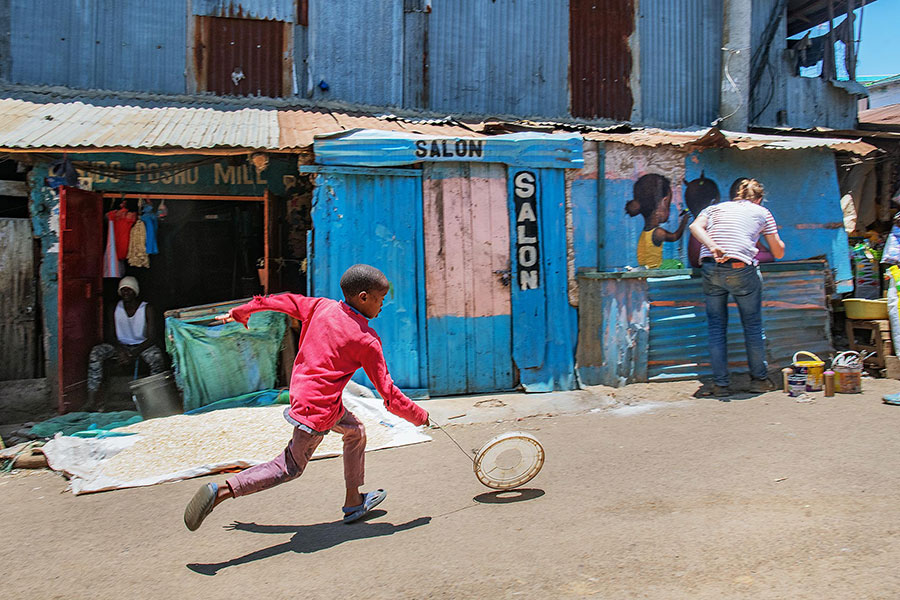
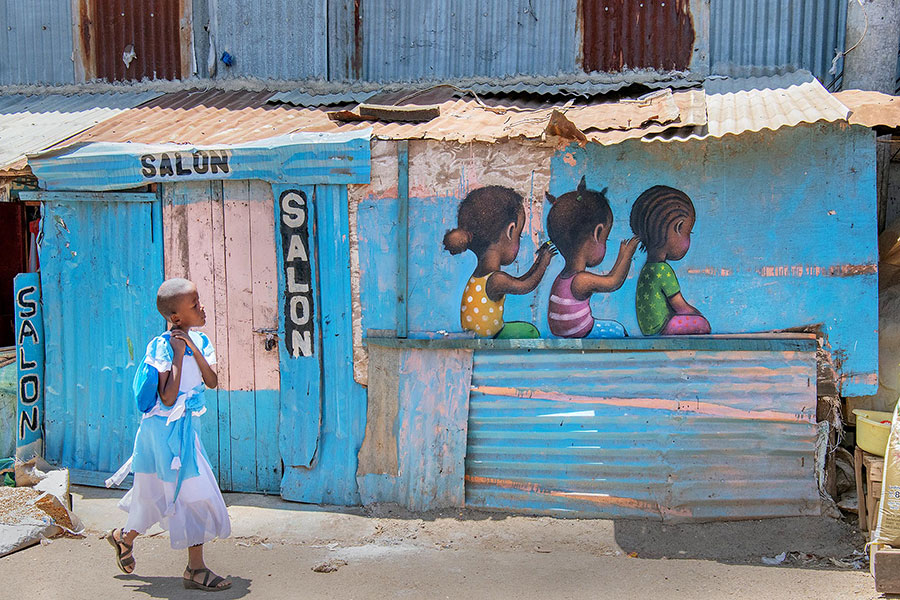
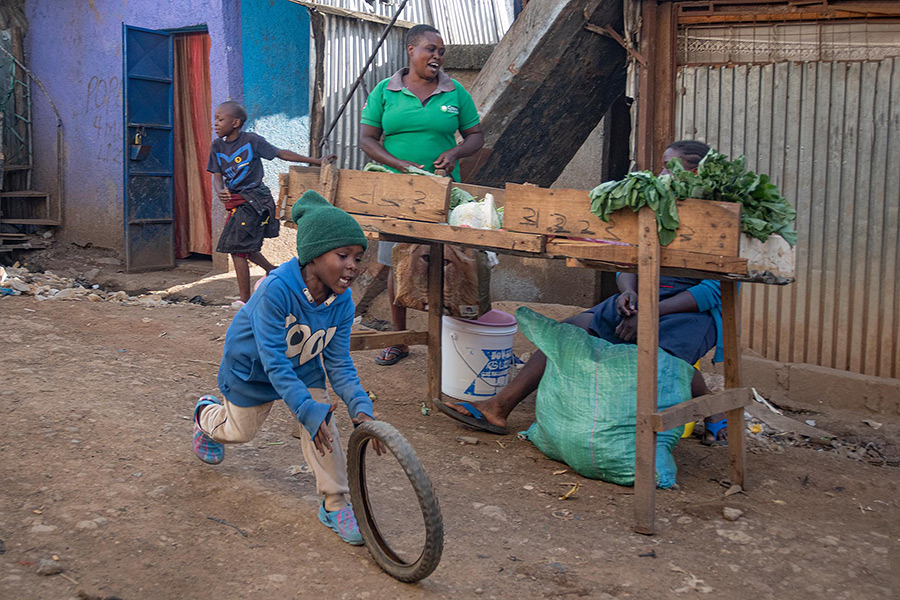
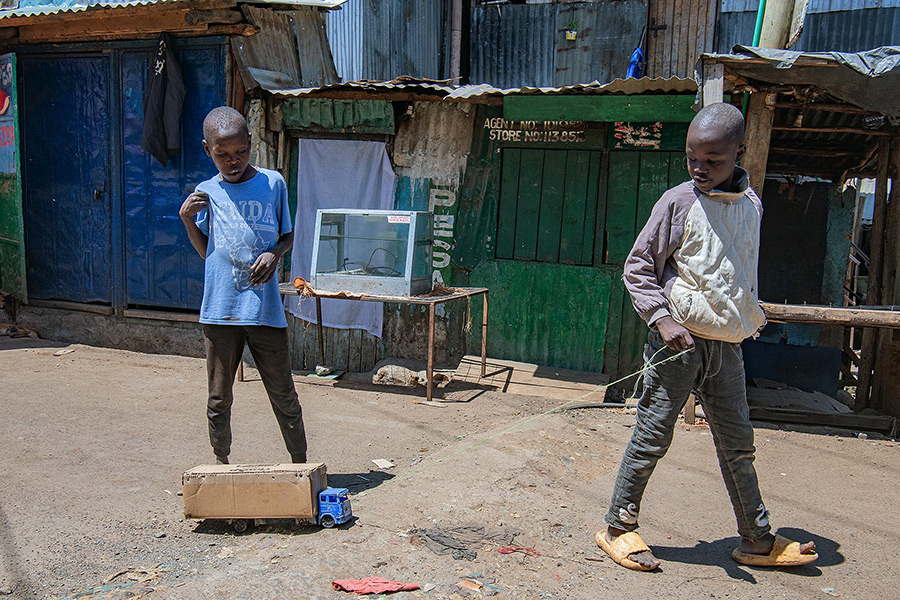
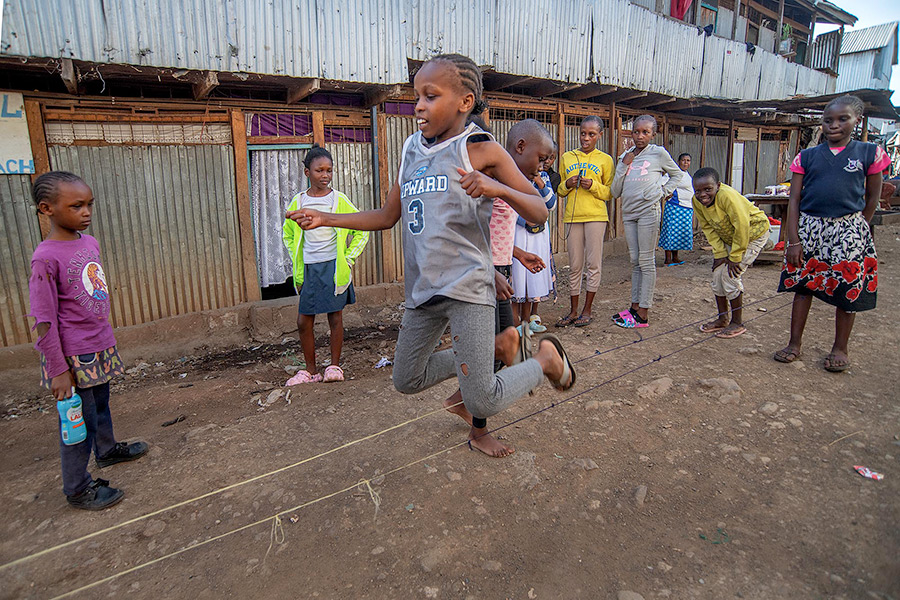
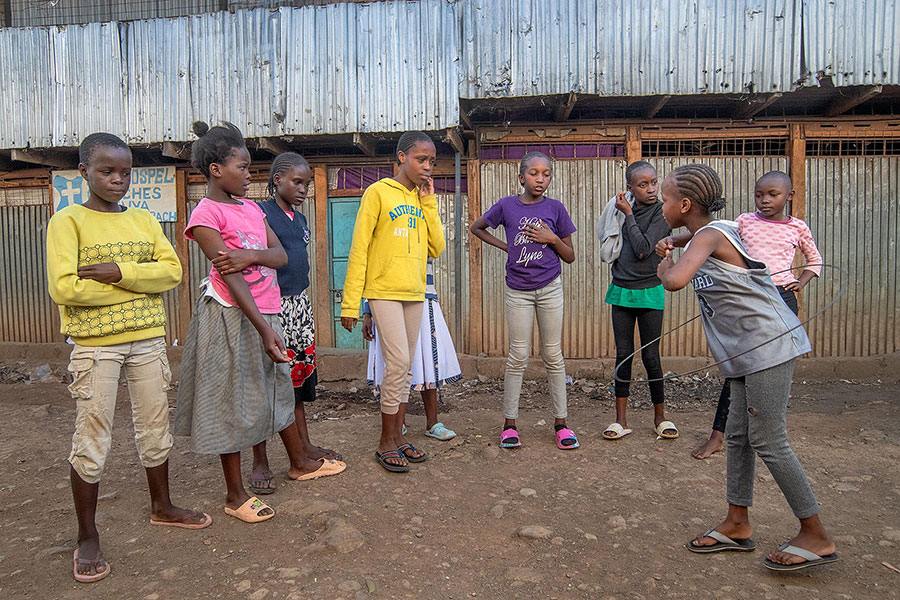
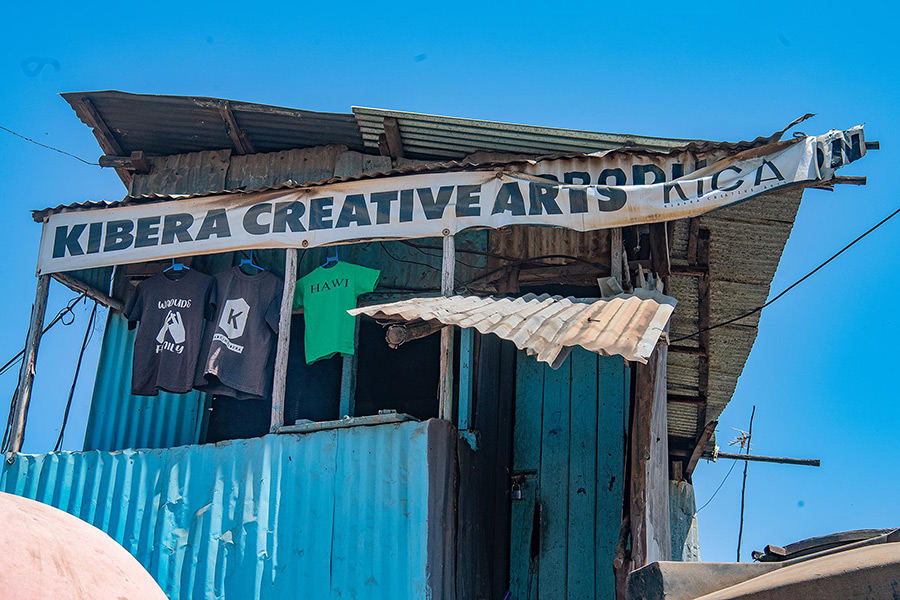
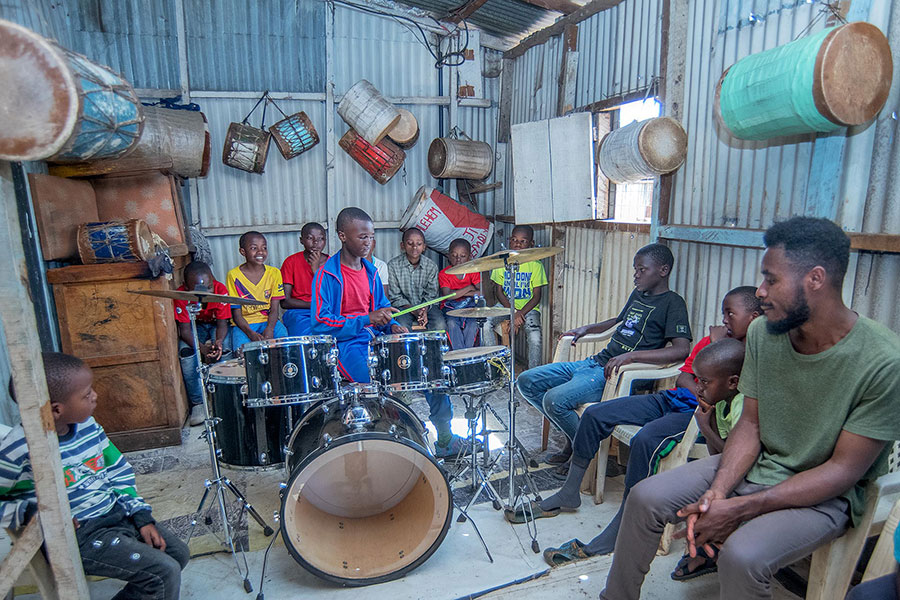
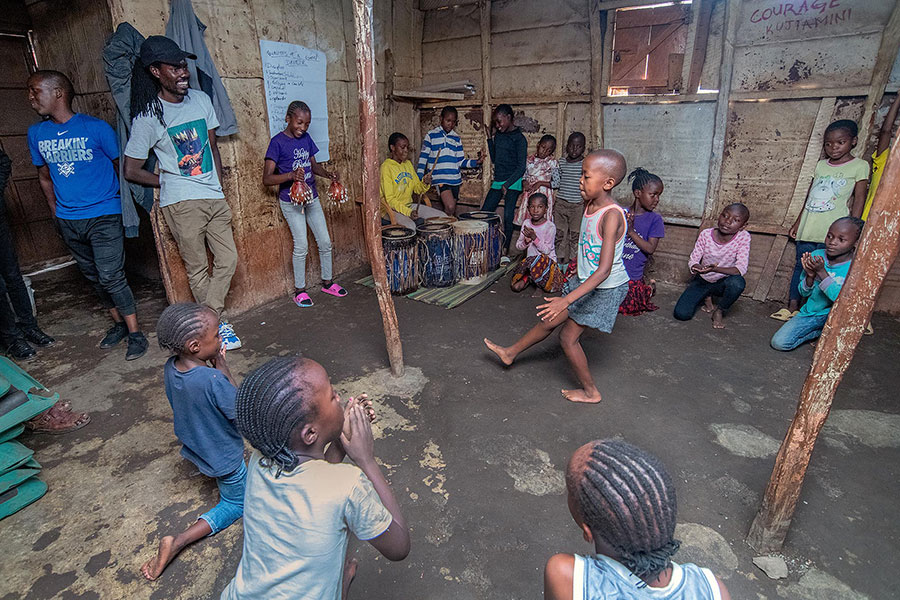
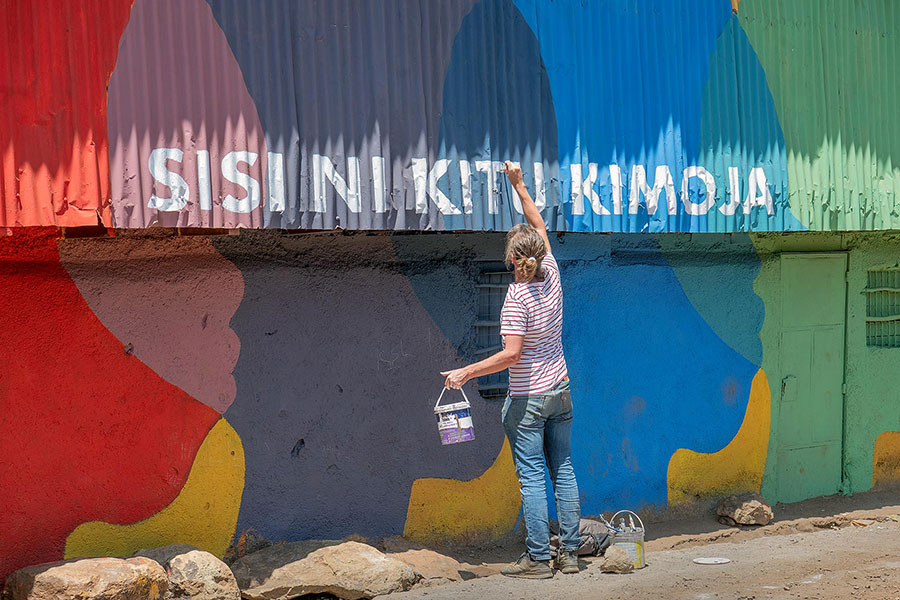
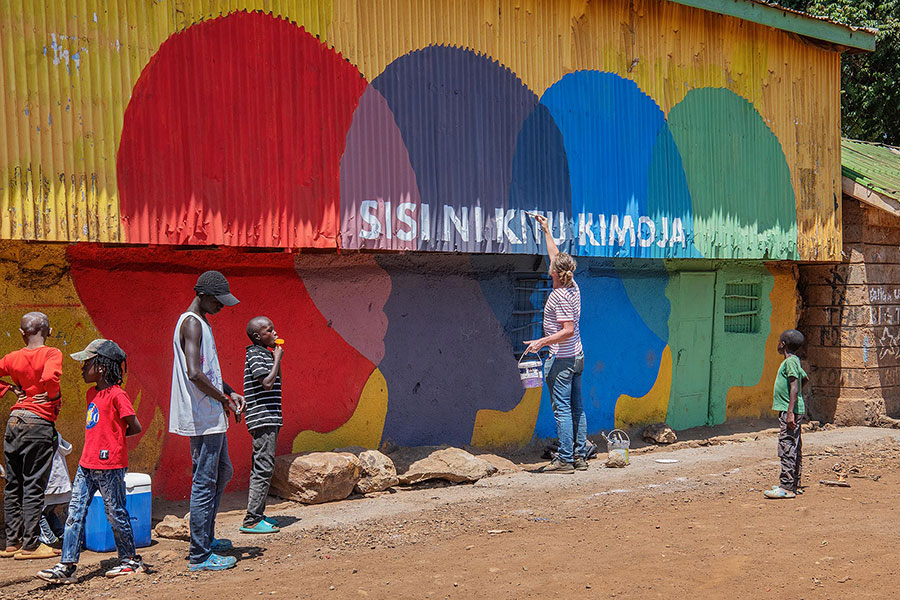
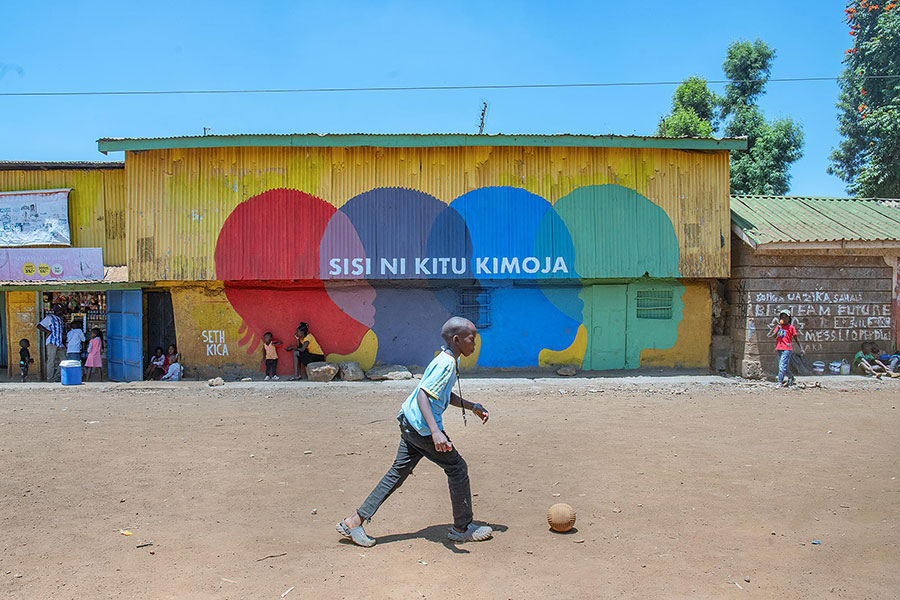
 BROOKLYN STREET ART LOVES YOU MORE EVERY DAY
BROOKLYN STREET ART LOVES YOU MORE EVERY DAY